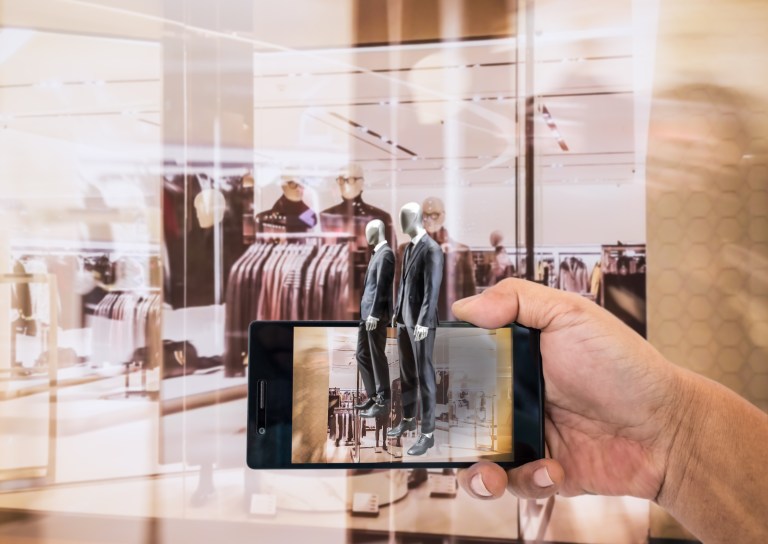
Featuring pictures of the food that customers could be eating is an effective way for restaurants to draw eyes (and orders) to menu items they want to push, especially add-ons and upsells.
A good menu takes this into account and is rich with imagery featuring its best, most delicious-looking items — but it’s impossible to include pictures of everything. Some dishes will always get overshadowed by the stars of the menu.
That’s a problem that virtual and augmented reality (VR and AR) could help solve. For example, the EatX AR platform by Harald Xperience allows customers to learn more about menu items by scanning them with a smartphone.
Doing so can connect diners to not only mouthwatering food photography, but nutritional information, origins and production details about the meat in the dish, and even video footage from the farms where meat or produce was raised.
Kai Lindevall, producer and chairman of the board for Harald Xperience, said the primary goal of the feature is to improve and distinguish the customer experience — that holy grail which every retailer and restaurateur is currently trying to reach.
While Lindevall said the technology could also be used to highlight specials or upsell appetizers, sides and desserts, he said the focus is on adding surprise-and-delight elements to the dining experience to make it more enjoyable and memorable — hopefully inspiring customers to come back and visit again.
AR That Sticks
So, what does it take to build a positive and powerful AR experience that can bring customers back through the door again? Lindevall said companies need not invest big dollars or complicated tech to create a customer experience that inspires. It’s an instance of working smarter, not harder.
Yes, a good AR experience should “wow” customers, but that is not the only criterion for success, he said. Companies must think about why they want to implement AR and how it serves their customers.
If a company wants to implement AR because it’s the latest trend, the tech is there and it wants to keep up with competitors who are doing so, Lindevall said that’s the wrong reason. Rather than building for the sake of the technology, he said, AR must solve a problem or enhance an experience.
“The difference between a good and a bad AR experience is that a bad AR solution is out of context — i.e., it is not integrated into natural consumer behavior,” Lindevall said. “Also, if an AR solution does not evoke any ‘wow’ experience, it’s not a good one.”
Beyond the Menu
Lindevall said restaurants are just the first application for this type of technology. He believes any retail or hospitality experience could be augmented by adding an AR layer.
For instance, he said, Harald Xperience makes a similar AR tool for grocery stores, MySaga, which enables products to “come alive” on the shelf when shoppers point a smartphone or tablet at them.
The experience may not be flashy, but it can provide more information about products in a novel and natural way, similar to how EatX provides a gateway to nutrition and sourcing data that many consumers find very important.
Imagine extending that function to, say, apparel, where shoppers may worry about where clothes were produced (and by whom, for what wages).
In hospitality, Lindevall said AR can personalize the experience to enhance the customer’s stay. A hotel could use AR to highlight things based on known customer preferences, if there are any, or based on whatever data is available — for instance, serving up experiences that are relevant to families if the customer is traveling with children.
This is what Lindevall said Harald Xperience is now working on with its forthcoming MyPiccolo product.
In each application, said Lindevall, “The basic deliverable is increased repeat business. If you make the restaurant and hotel experience more entertaining and intense, it will result in increased repeat business” — and it doesn’t have to cost millions to do it.